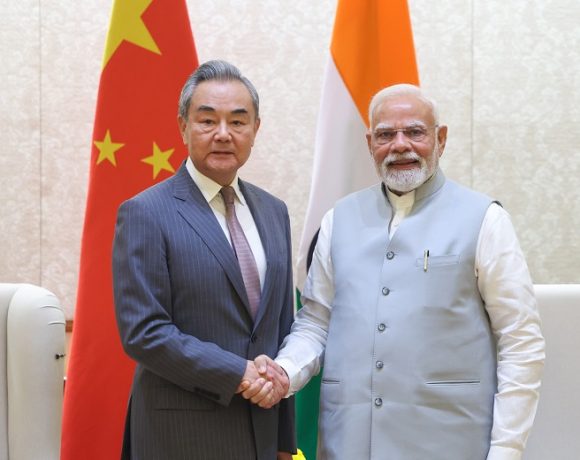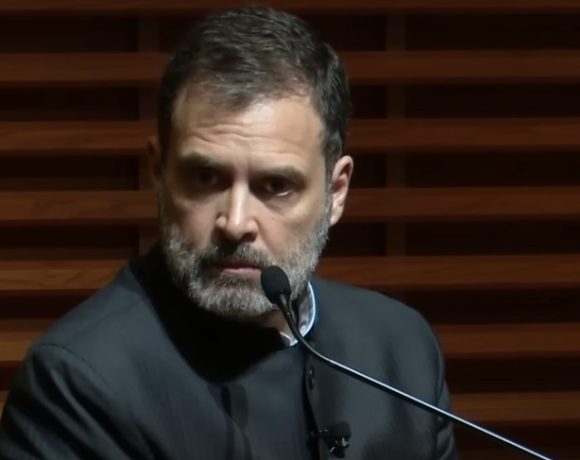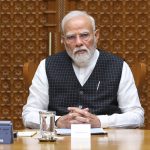
India’s Trade Deficit with China Hits Record $99.2 Billion
India’s trade imbalance with China has soared to unprecedented levels, touching a record $99.2 billion in the financial year 2023-24. The figure underscores the growing concern within India’s economic and policy circles about the country’s heavy dependence on Chinese imports and persistent allegations of unfair trade practices such as product dumping.
According to official data released by the commerce department, India imported $101.7 billion worth of goods from China during the fiscal year, a slight increase from $98.5 billion in the previous year. Meanwhile, India’s exports to China dropped from $15.3 billion to $16.67 billion—reflecting a marginal increase, but not nearly enough to offset the soaring imports. This has widened the trade deficit to its highest level on record, surpassing the previous year’s $83.2 billion gap.
India China Trade Concerns Deepen
The trade relationship between the two countries has long been skewed in Beijing’s favor. A wide array of Chinese goods—from telecom and electronics equipment to industrial chemicals and active pharmaceutical ingredients (APIs)—continue to dominate Indian markets. Despite repeated efforts by the Indian government to promote domestic manufacturing under the “Atmanirbhar Bharat” initiative, Chinese imports remain entrenched across sectors critical to India’s industrial growth.
Commerce Secretary Sunil Barthwal, addressing concerns over the rising deficit, stated, “We have taken up the issue of non-tariff barriers, market access and other challenges. Our engagement is based on real data. We have raised dumping issues at the WTO and through domestic laws too.”
Dumping Allegations and Anti-Dumping Measures
India has repeatedly flagged concerns about the dumping of Chinese goods—selling products at artificially low prices to undercut local industries. In response, New Delhi has imposed a series of anti-dumping duties and is actively investigating several sectors for potential violations. While some duties have helped temporarily stabilize local markets, the sheer volume of Chinese imports continues to strain India’s manufacturing competitiveness.
Policy Push and Way Forward
The ballooning trade deficit comes at a time when the Indian government is trying to shift its focus toward building resilient supply chains, attracting global manufacturers to set up in India, and expanding bilateral trade with Western allies. Yet, the economic entanglement with China—India’s largest trading partner—remains difficult to unwind.
India’s concerns also extend beyond economics into geopolitical territory, especially following border tensions in recent years. The government has emphasized that trade engagements with China are increasingly being calibrated through a strategic lens.
As India prepares to engage China in future trade talks, the widening deficit is expected to figure prominently in negotiations. Barthwal added, “The numbers speak for themselves. We have raised our concerns clearly, and we will continue to advocate for fair trade.”
While some progress has been made in accessing the Chinese market for select Indian goods like seafood and pharmaceuticals, barriers still remain for other products, including agricultural commodities and processed foods. Addressing these asymmetries will be key if India hopes to reduce the growing gap.


















